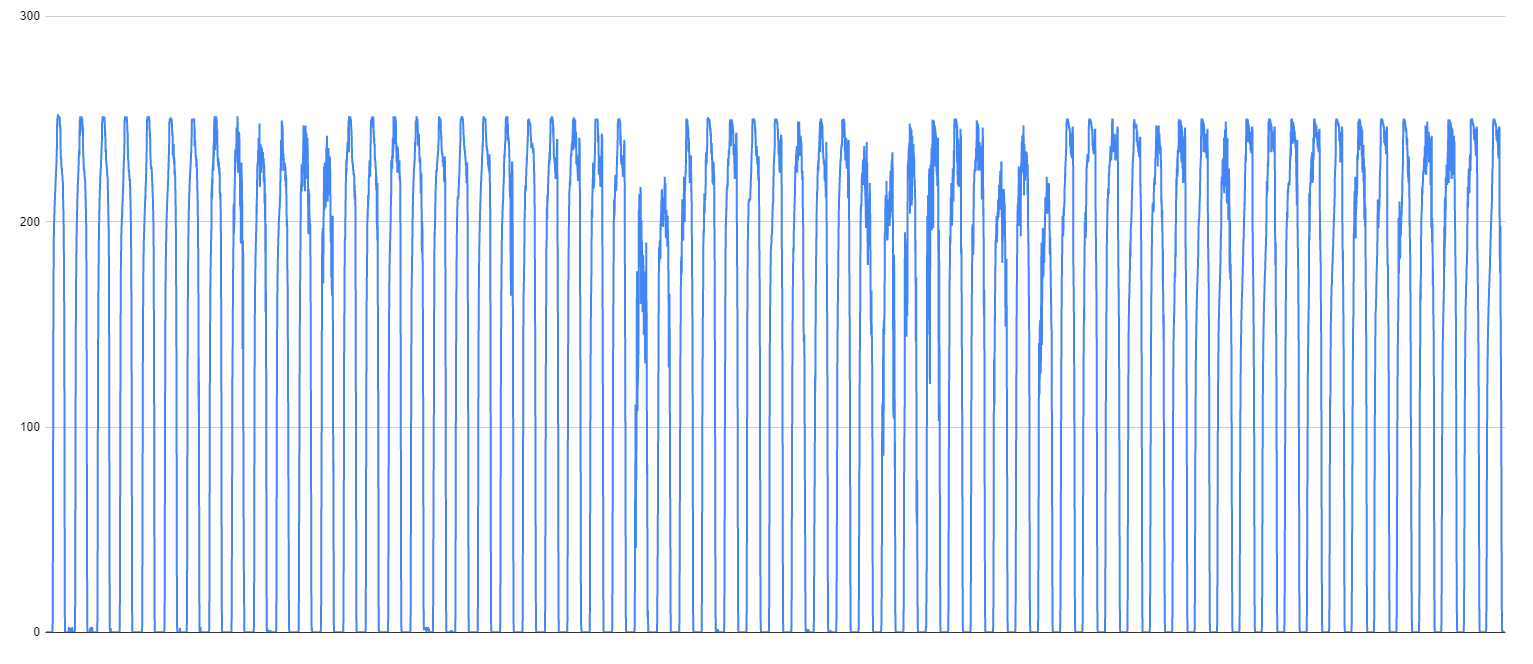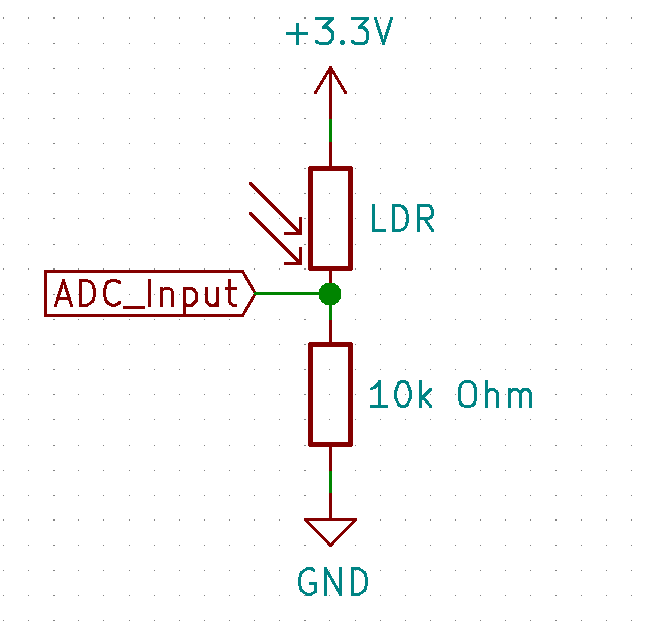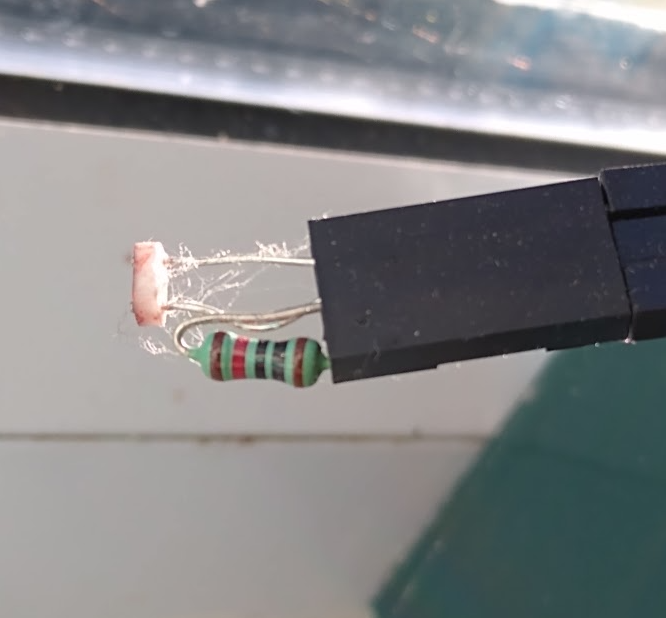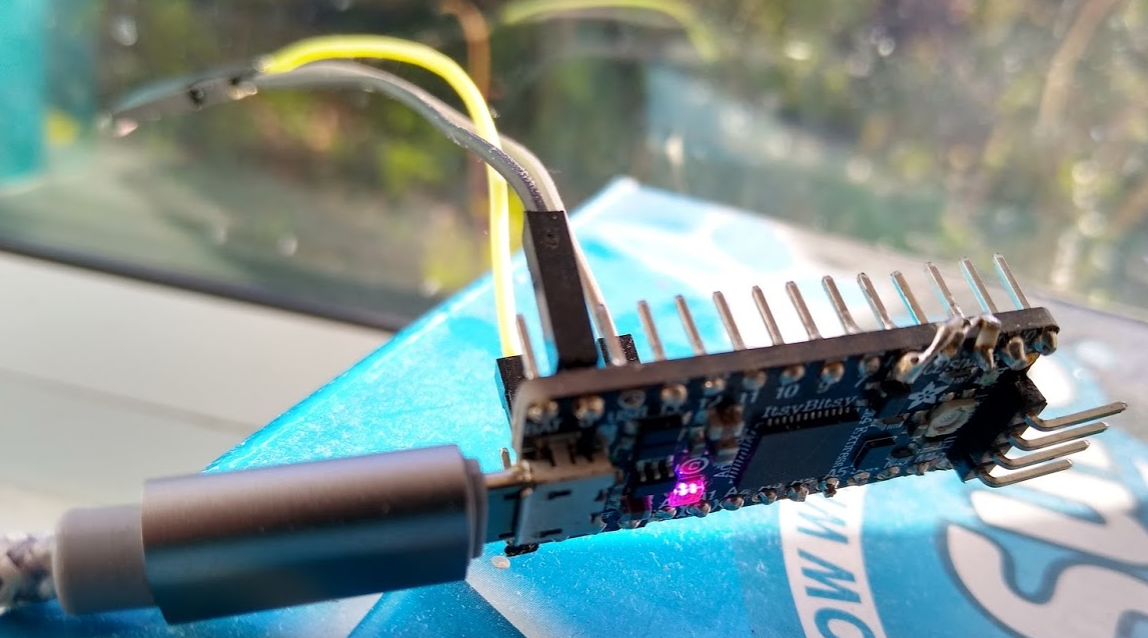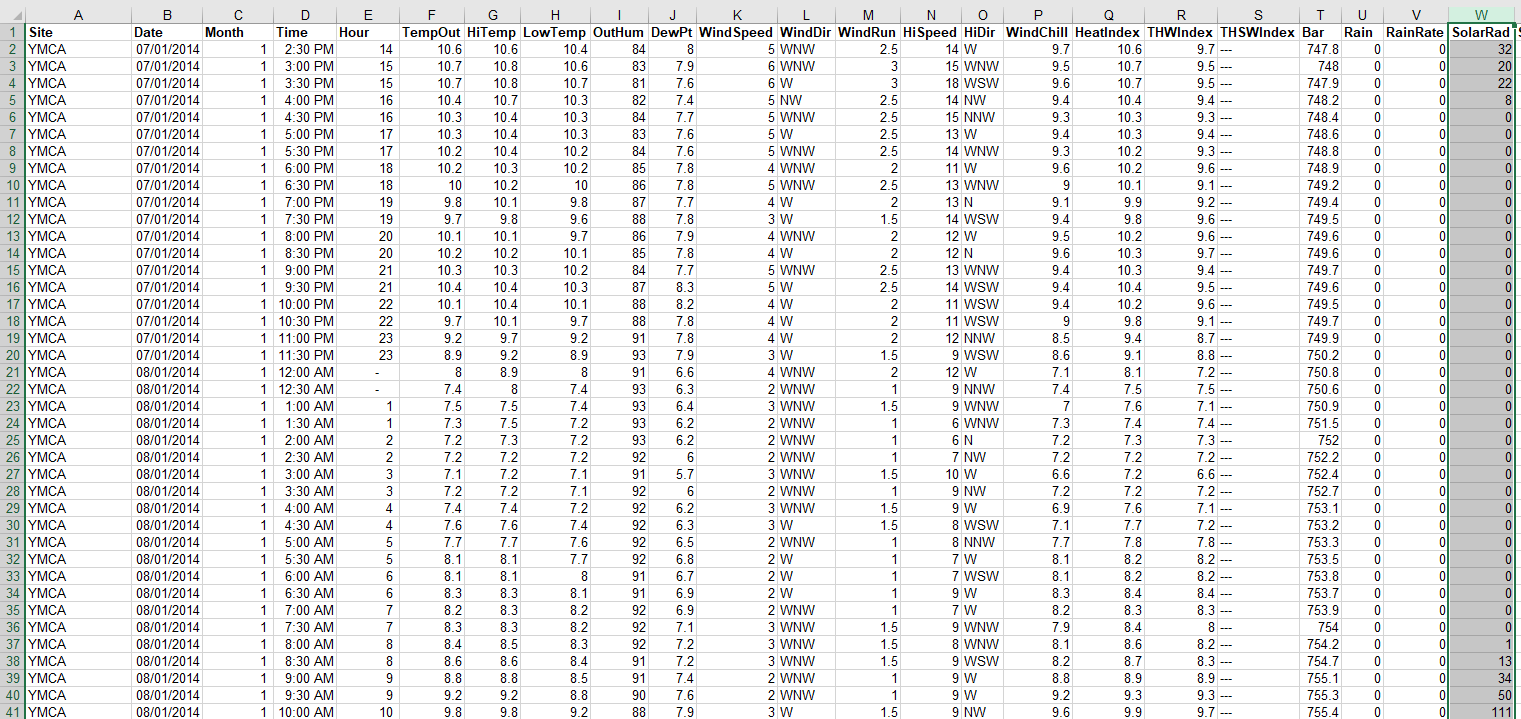Wouldn't it be cool to sync a project to the rotation of our planet with respect to its star? Of course! But it turns out it could also be useful, from a timekeeping perspective in cheap, low power electronic systems.
The devices I was using had the option of running a separate real time clock (RTC) on them, and they also had a light dependent resistor (LDR) voltage divider attached to the analogue to digital converter ADC. Although the RTC was accurate (DS3231) and attractive, the inability to easily let a user who was changing the batteries set the time (and a battery backup wasn't an option I entertained for long) meant I was very keen to explore rough time sync with the LDR. It was also much cheaper, on a tight BOM cost.
Thus began my search for a way to keep my microcontrollers from drifting off after days, weeks or months deployed, using daylight as the synchronising signal.
This project is a summary of my progress so far, links to useful resources and an introduction to some of the challenges, concepts and terms encountered along the way.
 Simon Merrett
Simon Merrett